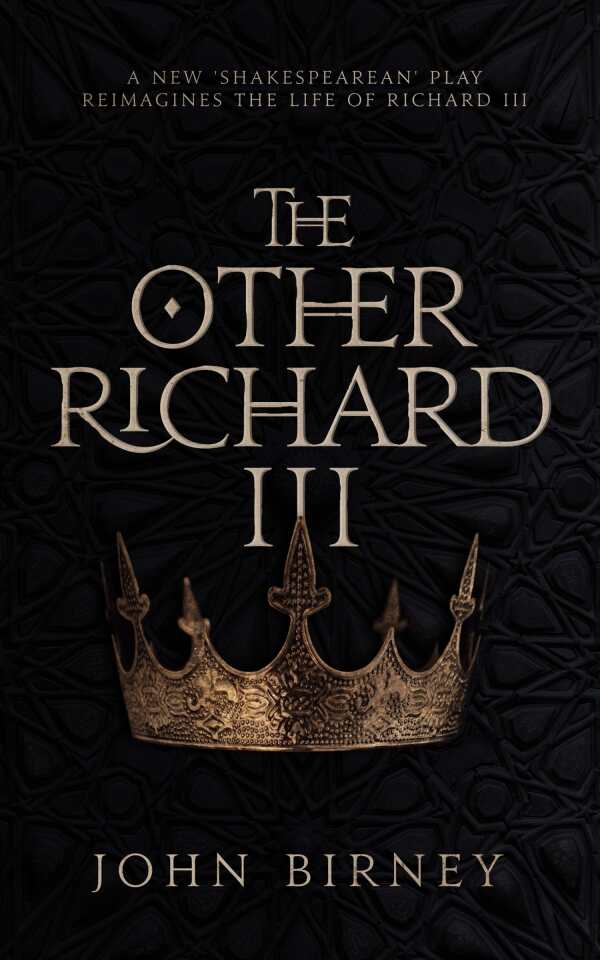The Other Richard III
Reimagining the classic play while staying true to its form, The Other Richard III is a fascinating flight of imagination that’s grounded in history.
John Birney reworks Shakespeare’s story of Richard III in his remarkable play The Other Richard III.
William Shakespeare’s famous historical play Richard III featured an unflattering depiction of the title king as a devious, power hungry hunchback, an image that became ingrained in common culture. But many historians suggest that the influence of King Henry VII, who defeated Richard to seize the throne, as well as Shakespeare’s own dramatic license, led to Richard being maligned without the evidence to justify it. This play, written in Shakespearean style, retells the story of Richard III in a more sympathetic light, striving “to stay faithful to what is known to be true about Richard … and resolve what is unknown … in ways original yet still consistent with that history.”
All the elements of a Shakespeare play can be found here: five acts, Elizabethan-style blank verse, soliloquies, and even explanatory notes of the style that’s familiar to many modern Shakespeare readers. The play weaves together many characters, with historical references not just to crucial battles, but also to details that help bring the time and scenes to life, like the development of cannons and the game of tennis. There’s also plenty of era-appropriate wordplay and humor, as when Lady Anne, who becomes Richard’s wife, describes her former mother-in-law: “Her temp’raments lack any temp’rate zone: / She’s fiery or icy all the time!”
The blank verse is a strength throughout the book, invoking the spirit of Shakespeare’s work while delivering a very different story. Though entertaining in his machinations, and fascinating to contrast with the archvillain of Shakespeare’s play, this Richard III is a less dramatic character, well meaning but misunderstood. When rumors surface about his brother King Edward IV’s first marriage—which would invalidate Edward’s children as heirs and make Richard next in line—Richard’s concern seems not with his own power, but for the stability and welfare of the country.
A less villainous Richard III might make him less interesting, but the play’s take on mysterious events, like the death of the Duke of Clarence, or the fate of the two young princes in the tower, makes up for it. Richard’s noble motivations create perhaps a more tragic story, as he finds himself at the center of a storm that is, in large part, not of his own making.
The preface to the play is enlightening, if without detailed discussions of the historical events in question, or direct comparisons to Shakespeare’s story and characterizations. The page notes, while invaluable in illuminating key background events, unfamiliar words, and references, are indefinite at times, as when they assert that a line “probably” refers to a given event.
Reimagining the classic play while staying true to its form, The Other Richard III is a fascinating flight of imagination that’s grounded in history.
Reviewed by
Peter Dabbene
Disclosure: This article is not an endorsement, but a review. The publisher of this book provided free copies of the book and paid a small fee to have their book reviewed by a professional reviewer. Foreword Reviews and Clarion Reviews make no guarantee that the publisher will receive a positive review. Foreword Magazine, Inc. is disclosing this in accordance with the Federal Trade Commission’s 16 CFR, Part 255.

